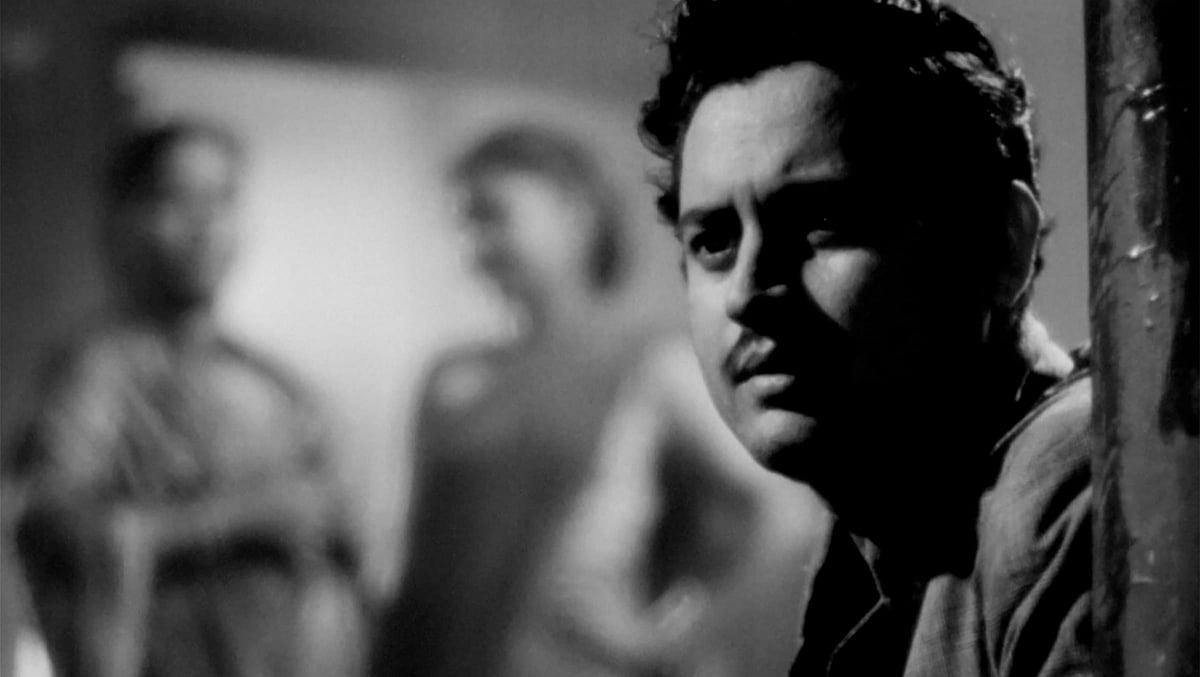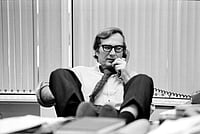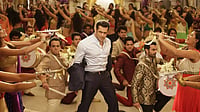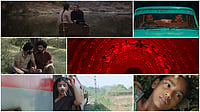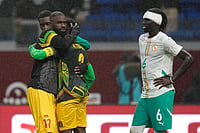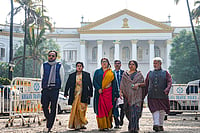Guru Dutt’s cinema singes with raw, untempered passion, driven by an emotional force that smolders within V.K. Murthy’s exquisite chiaroscuro lighting. As years went by, his films grew darker, more sombre. The embedded grief was borne of difficulties both on the personal and professional front.
Dutt struggled balancing art with lucrative demands. Mired in loneliness, plummeting mental health, failed relationships and alcoholism, Dutt waned away as a director after hitting the pinnacle with Kaagaz Ke Phool.

From a shared laundry mishap at Prabhat Studios, Guru Dutt and Dev Anand forged one of Hindi cinema’s most enduring friendships. They promised each other that if Dutt were to turn filmmaker, he would hire Anand as his hero, and if Anand were to produce a film, then he would use Dutt as its director. Anand kept his word and backed Dutt’s debut directorial, Baazi (1951). Later, Dutt produced one of Anand’s best-known films, C.I.D (1956).

Dutt with Abrar Alvi- the screenplay writer for many of his films, including Kaagaz Ke Phool (1959) and Pyaasa (1957).

The music of Kaagaz Ke Phool was composed by S. D. Burman. He had warned him not to make the film, which resembled his own life. When Guru Dutt insisted on making the film, S. D. Burman said that that would be his last film with him.

Guru Dutt undermined himself as an actor, relying on the approval of his cinematographer and writer. In all his films where he had played the lead role, he was the hesitant second or third choice. He’d wanted Dilip Kumar for Pyaasa. Kumar initially agreed but never showed up on set. Dutt invited him to a special screening, showing few reels and insisted he was willing to re-shoot if Kumar came aboard. Later in an interview, Kumar said he rejected it for he felt it was similar to his role in Devdas. His refusal became one of his biggest regrets, along with turning down Lawrence of Arabia.

VK Murthy shot Pyaasa, Kaagaz Ke Phool and Sahib Bibi Aur Ghulam. He was also the first Indian cinematographer to shoot in CinemaScope, a format that uses an anamorphic lens to shoot wide-screen movies.
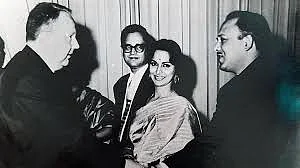
At the Berlin Film Festival for the screening of Sahib Bibi aur Ghulam (1963), Guru Dutt, Waheeda Rehman and Abrar Alvi.

Announced in 1962, the Arabian Nights-esque Kaneez would have been his first film in colour. But it was shelved after initial filming.
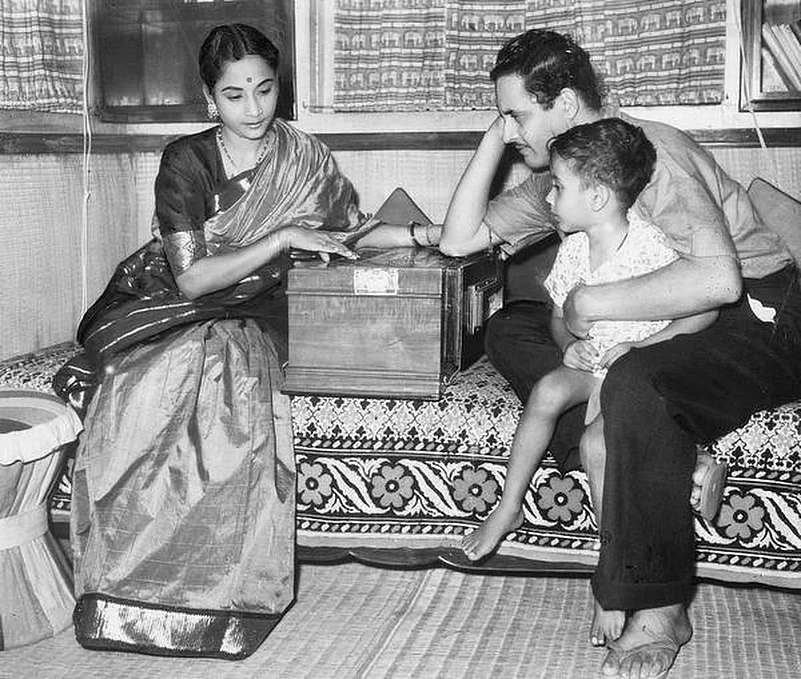
Guru Dutt had an eleven-year rocky marriage with acclaimed playback singer Geeta Dutt, whose apotheosis was Na Jao Saiyan Chhuda Ke Baiyan in Sahib Bibi Aur Ghulam. Their relationship was shaded by rumours of his affair with Waheeda Rehman and his forbidding Geeta from singing for other films, if they weren’t his.

For the iconic climax of Pyaasa (originally titled Kashmakash), Dutt shot one-hundred and four takes. Often, he had a tendency to scrap and re-shoot. He’d spent lakhs on several projects. only to abandon them eventually.
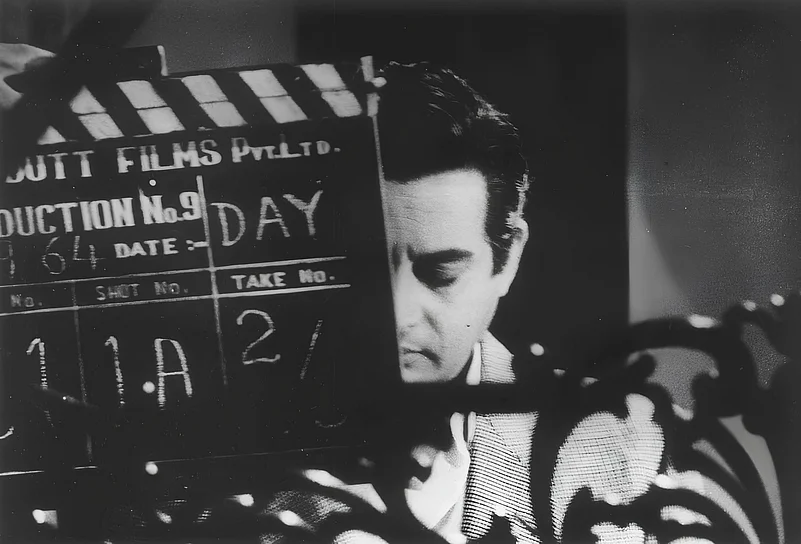
Behind the sets of his final abandoned film, Production No. 9, which was eventually finished by Dharmendra as Baharen Phir Bhi Aayengi.







